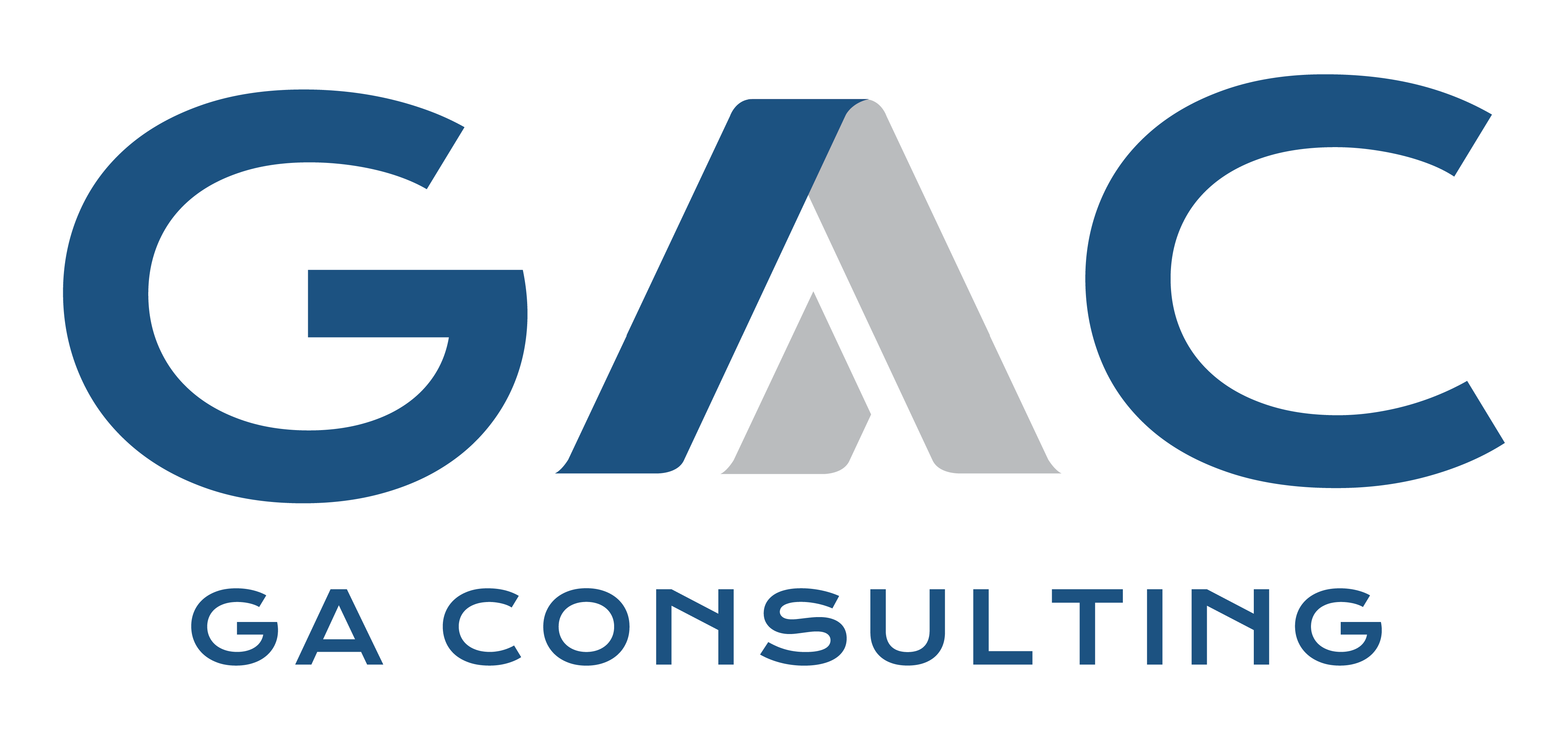Freelancers often juggle multiple tasks and tight deadlines, making effective productivity hacks essential for success. This blog explores ten innovative techniques to streamline your workflow, each with its benefits and potential drawbacks. Discover which productivity hacks can best enhance your efficiency and help you achieve your goals.
- SMART Goals: Achieve Your Objectives with Precision
What: SMART Goals are defined as Specific, Measurable, Achievable, Relevant, and Time-bound criteria that help structure your goals effectively.
Why: This method provides a clear framework for setting and achieving goals, ensuring they are well-defined and attainable.
How: Begin by defining your goals using the SMART criteria. Then, break them into actionable steps with deadlines to track progress efficiently.
Benefits: Consequently, you’ll enjoy clear objectives, improved focus, and better tracking of progress.
Cons: However, the SMART Goals approach can be rigid and may not always accommodate unforeseen changes or allow for creative flexibility.
- Pomodoro Technique: Boost Your Efficiency with Time Intervals
What: The Pomodoro Technique involves working in 25-minute intervals (Pomodoros) followed by a 5-minute break.
Why: This method helps maintain focus and prevents burnout.
How: Use a timer to work for 25 minutes on a single task, then take a 5-minute break. After four intervals, take a longer break.
Benefits: Improved concentration, reduced fatigue, and increased task completion.
Cons: Interruptions caused by frequent breaks may disrupt tasks that require longer, uninterrupted focus.
- Personal Kanban: Visualize and Manage Your Tasks
What: Personal Kanban utilizes a visual board to track tasks through columns such as “To Do,” “In Progress,” and “Done.”
Why: This method helps you visualize your workflow and manage tasks more effectively by providing a clear overview of your progress.
How: Start by creating a Kanban board with columns for different stages of your tasks. As you work on tasks, move them through the columns to reflect their current status.
Benefits: As a result, you’ll benefit from visual tracking, improved organization, and a clearer workflow.
Cons: However, a cluttered board can lead to overwhelm rather than clarity, making it more challenging to prioritize tasks effectively.
- Time Blocking: Master Your Schedule with Precision
What: Time Blocking involves dividing your day into blocks of time, each dedicated to specific tasks.
Why: This method helps you focus on one task at a time, thereby managing your schedule effectively.
How: Begin by scheduling your day into time blocks, assigning each block to a specific task or activity. Then, follow this plan to stay organized throughout the day.
Benefits: Consequently, you’ll experience better time management, reduced distractions, and increased productivity.
Cons: However, this approach can be rigid and challenging to adjust if unexpected tasks or interruptions arise.
- Eat That Frog: Tackle Your Most Challenging Tasks First
What: The Eat That Frog method suggests starting your day by tackling the most difficult or important task first.
Why: By completing your toughest task first, you can boost motivation and reduce procrastination, setting a positive tone for the rest of the day.
How: Identify your most challenging task for the day and address it first thing in the morning.
Benefits: As a result, you’ll experience enhanced focus, increased productivity, and a strong sense of accomplishment.
Cons: However, this approach may lead to burnout if the “frog” is overwhelming, and it might result in neglecting other important tasks.
- The Action Method: Break Down Projects into Actionable Steps
What: The Action Method involves breaking down projects into actionable steps, focusing on what needs to be done next.
Why: It helps manage projects by concentrating on actionable tasks rather than big goals.
How: Divide projects into tasks and actionable items. Focus on completing these items one at a time.
Benefits: Clear task management, reduced overwhelm, and improved project progress.
Cons: Breaking down tasks into detailed steps can be time-consuming and may lead to analysis paralysis.
- Must/Should/Want: Prioritize Your Tasks Effectively
What: The Must/Should/Want method categorizes tasks into three distinct categories: Must Do, Should Do, and Want to Do.
Why: This approach helps you prioritize tasks based on their importance and urgency, ensuring that you tackle the most critical items first.
How: Begin by listing your tasks and categorizing them into Must, Should, and Want. Subsequently, focus on completing the Must tasks before addressing the Should and Want tasks.
Benefits: Consequently, you’ll achieve better task prioritization, improved focus, and increased productivity.
Cons: However, categorizing tasks can be somewhat subjective and challenging, which may lead to potential misprioritization.
- Getting Things Done (GTD): Organize and Track Your Tasks
What: Getting Things Done (GTD) involves capturing all tasks, then organizing them, and focusing on the next action.
Why: This approach helps clear your mind and manage tasks systematically, ensuring you stay on top of your responsibilities.
How: Begin by capturing tasks, subsequently processing and organizing them. Regularly review and act on these tasks to maintain effectiveness.
Benefits: As a result, you’ll experience improved organization, reduced stress, and enhanced productivity.
Cons: The system’s complexity and setup time can be burdensome, and ongoing maintenance is required for effectiveness.
- The Eisenhower Matrix: Prioritize Tasks by Urgency and Importance
What: The Eisenhower Matrix categorizes tasks into four quadrants based on urgency and importance.
Why: It helps prioritize tasks effectively, focusing on what truly matters.
How: Divide tasks into four categories: Urgent and Important, Important but Not Urgent, Urgent but Not Important, and Not Urgent and Not Important.
Benefits: Clear task prioritization, better time management, and reduced stress.
Cons: Tasks may not fit neatly into the matrix’s quadrants, causing potential confusion and mismanagement.
- Zen to Done (ZTD): Simplify and Improve Your Productivity
What: Zen to Done (ZTD) is a simplified productivity system based on Getting Things Done but with a focus on habits and simplicity.
Why: It offers a more straightforward approach to productivity with a focus on developing key habits.
How: Implement ZTD by focusing on ten habits, such as collecting tasks, processing them, and focusing on one task at a time.
Benefits: Simpler system, improved habit formation, and increased productivity.
Cons: The simplified approach may lack the depth of more comprehensive systems like GTD, potentially missing important aspects.
Finding the Right Productivity Hacks for You
- Identify Your Needs: First, pinpoint the specific productivity challenges you face.
- Understand Your Preferences: Next, consider your work style and which productivity hacks might align best with it.
- Test Different Techniques: Then, experiment with various productivity hacks to see what works for you.
- Evaluate and Adapt: Afterward, regularly assess their effectiveness and adjust as needed.
- Combine and Customize: Finally, mix and match techniques to create a system tailored to your unique workflow.
Master Your Workflow with Effective Hacks

Choosing the right productivity hacks is essential for freelancers aiming to elevate their workflow and achieve exceptional results. By implementing the most effective techniques, you can streamline tasks, enhance focus, and boost overall efficiency, setting the stage for greater success in your freelance career.
Follow us on TikTok, YouTube, Facebook, and Instagram for more productivity tips and success strategies to elevate your freelancing game!

